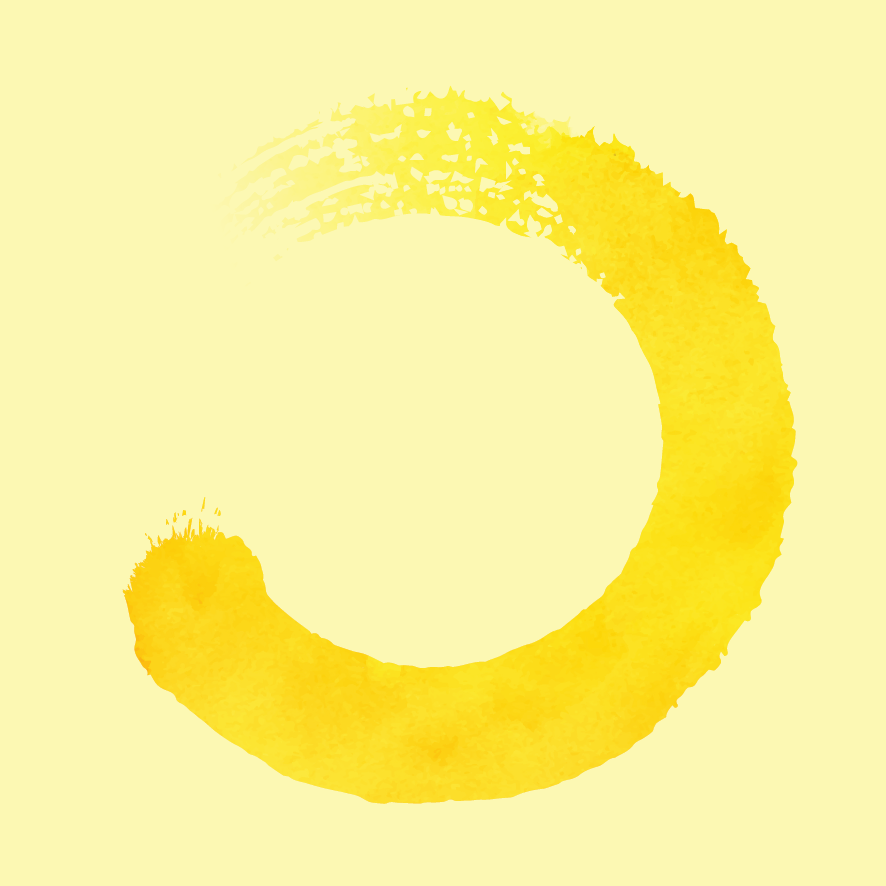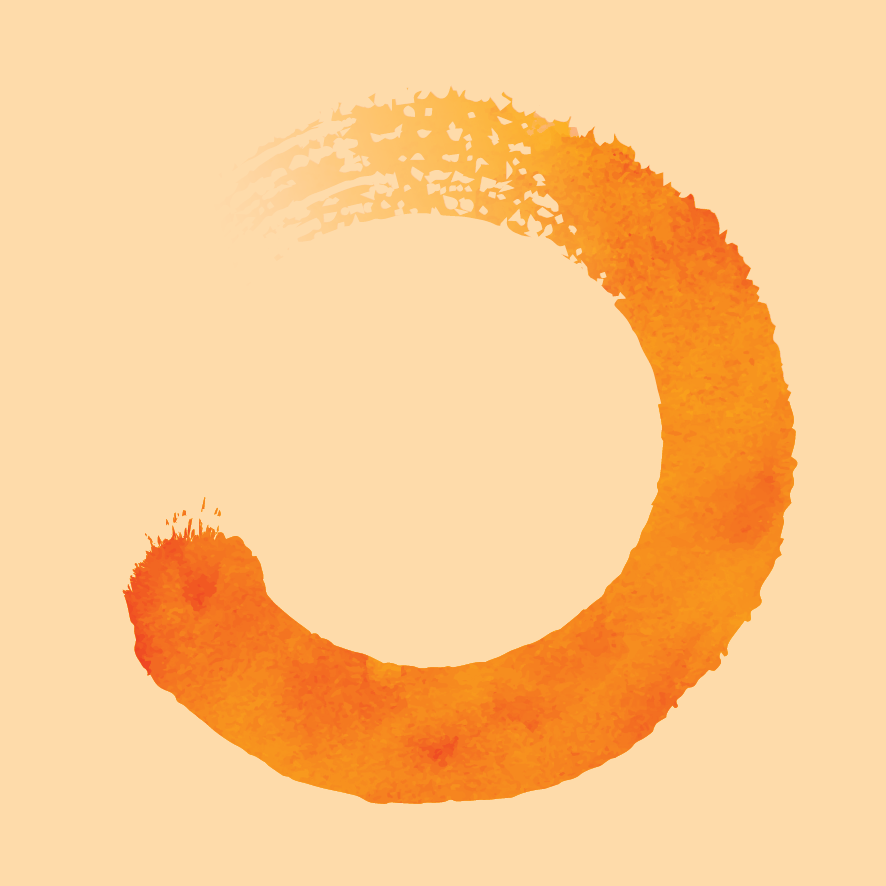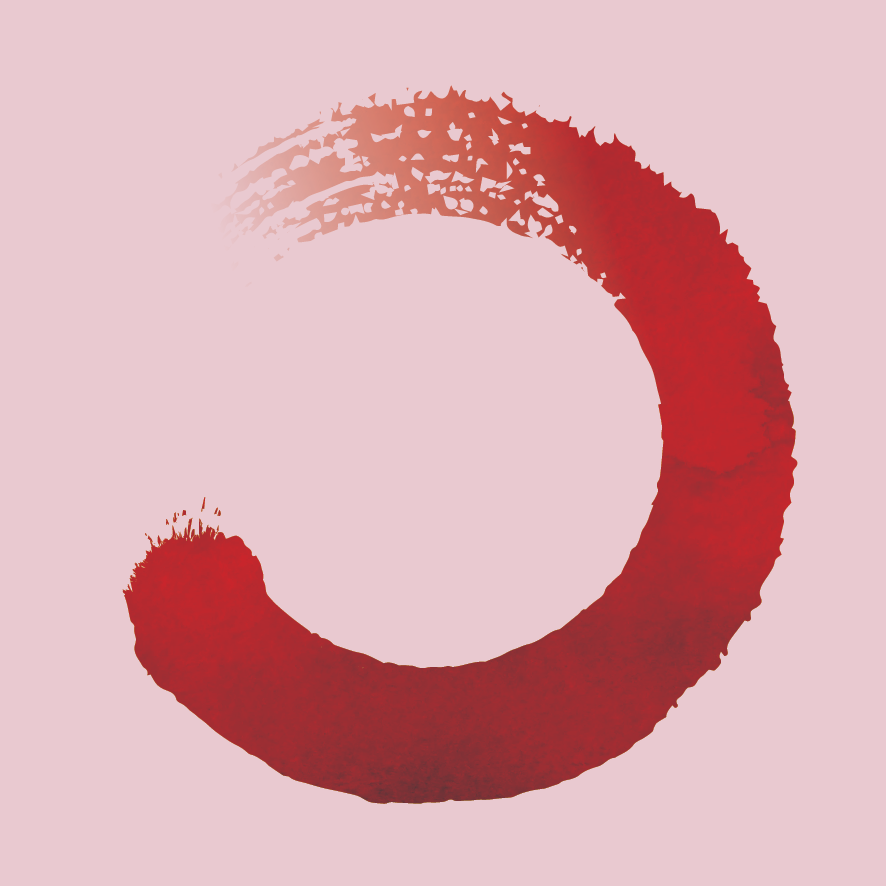You can still take the course
If you don't menstruate for medical or other reasons, have an irregular cycle, are on hormonal contraception, or simply don't know when your last period was.
Module 1: How do I find my phase?
If I don't menstruate, for medical or other reasons? Or if I have an irregular cycle (or simply don't know when the date of my last period was)?
Try 'feeling in' to your phase. For example, if you had to use one of the four seasons to describe how you feel in general, which phase would you use? Are you feeling premenstrual, in your Inner Autumn? Are you feeling full of energy? Inner Summer? Are you feeling like you'd like to curl up in bed or go really slow? Inner Winter? Or renewed, Inner Spring?
Remember, there's no right or wrong answer here - this simple exercise can help us to tune into ourselves and, by doing this everyday, can help us to recognise that we change over the course of our own cycle, just like the Outer Seasons, and that's ok, that's our nature. There's no right or wrong length of any phase (many of those in perimenopause report that they feel in their Inner Autumn for weeks/months; meanwhile, young people who have just begun their periods can take time to get into a regular rhythm). The awareness (and empowerment) can come simply by regularly checking-in with ourselves.
If I'm on hormonal contraception?
If you are on a combined oral contraceptive pill where you have a break and a 'breakthrough bleed', you can treat these pill-free days as your Inner Winter.
If you are on other methods of contraception e.g. IUD, Mirena Coil, implant, patches, progesterone only pill, depo injection - you may have irregular and/or very light or absent bleeds - you may find it supportive to chart with the lunar cycle, with Day 1 as the new moon and Day 16 as the full moon. You can compare the four phases/quarters of the moon with the four phases/inner seasons of the menstrual cycle. (Please note that this method of charting with the lunar cycle is not clinically-backed. Your GP or other healthcare professional does not use the lunar cycle so won't understand the relevance if you tell them you're Lunar Day 16, for example).
How can I predict my period with an irregular cycle and help prepare for my Inner Autumn (premenstrual) and Inner Winter (menstrual) phase
We strongly recommend that you use an ovulation tracker (try Natural Cycles) so you can see if and when you are ovulating. If you discover ovulation, you know that you'll shortly be entering Inner Autumn and menstruation will be in two weeks time. You may discover that you are not ovulating, which is very useful information to share with your GP.


Module 2: How do I find my day?
Remember you can do a daily 'Cycle Check In', regardless of your cycle length or if you menstruate or are on hormonal contraception.
If I don't know when the date of my last period was?
If you don't know when your last period was, you can start tracking your cycle days during your next cycle, with the first day of your next period being Day 1. Meanwhile, we recommend 'feeling in' to your phase (see above).
If I have an irregular cycle?
If you're unsure of how long your cycle is, have a shorter than average cycle (less than 21 days), or a longer than average cycle (more than 35 days), or a cycle that varies in length, you can still chart and track your Cycle Days, starting with Day 1 as the first day of your period - the aim is to find out what's 'normal' for you.
If I don't menstruate, for medical or other reasons?
If you would like to live in a cyclical way so that you can book in time for winding down but don't menstruate for medical or other reasons, you may find it supportive to chart with the lunar cycle, with Day 1 as the new moon and Day 16 as the full moon. You can compare the four phases/quarters of the moon with the four phases/inner seasons of the menstrual cycle. (Please note that this method of charting with the lunar cycle is not clinically-backed. Your GP or other healthcare professional does not use the lunar cycle so won't understand the relevance if you tell them you're Lunar Day 16, for example).
If I'm on hormonal contraception?
If you are on a combined oral contraceptive pill where you have a break and a 'breakthrough bleed', you can treat this time as your Inner Winter, with Day 1 of the breakthrough bleed the first day of your period.
If you are on other methods of contraception e.g. IUD, Mirena Coil, implant, patches, progesterone only pill, depo injection - you may have irregular and/or very light (or absent) bleeds, you may find it supportive to chart with the lunar cycle, with Day 1 as the new moon and Day 16 as the full moon. You can compare the four phases/quarters of the moon with the four phases/inner seasons of the menstrual cycle. (Please note that this method of charting with the lunar cycle is not clinically-backed. Your GP or other healthcare professional does not use the lunar cycle so won't understand the relevance if you tell them you're Lunar Day 16, for example.
Module 3: How can I notice patterns?
If I have an irregular cycle?
If you are using a Circle Chart, regardless of the length of your cycle, you can notice patterns (see How do I find my day, above).
If I don't menstruate for medical or other reasons?
If you are using a Lunar Circle Chart (see How do I find my day, above), you may spot cyclical patterns or recurring symptoms, and this can be helpful for you to understand yourself and better prepare for those days.
Speak to your healthcare professional if you are experiencing severe / recurring symptoms. The Lunar Circle Chart can still be used as evidence (in the same way as any symptom tracker) to demonstrate your experience but please ensure you add the date to each day you track/chart as - please note - this method of charting with the lunar cycle is not clinically-backed. (Your GP or other healthcare professional does not use the lunar cycle so won't understand the relevance if you tell them you're Lunar Day 16, for example).


